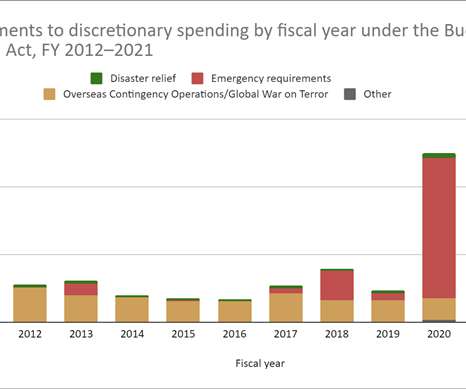Book Review: Justice, Equity, and Emergency Management
Recovery Diva
MAY 12, 2022
Review by Donald Watson, co-author with Michele Adams of Design for Flooding: Resilience to Climate Change (Wiley 2011). 3 …requires full harnessing of the communities transformative and adaptive capacity in order to reduce risks for the future…working to eliminate existing patterns of unequal distribution of risk. #4











Let's personalize your content